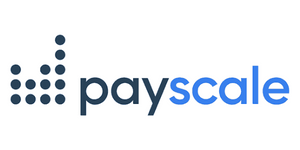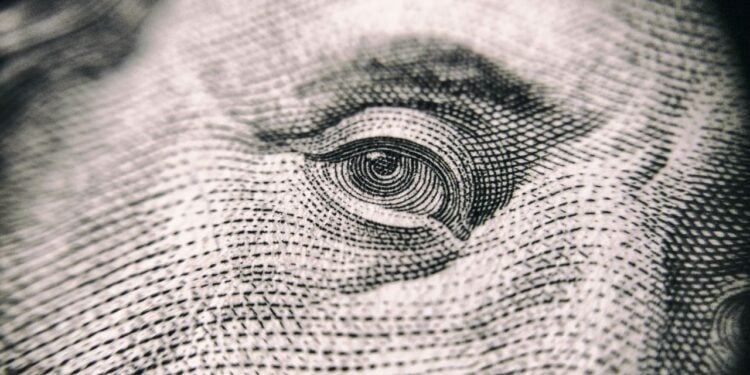- Although the gender pay gap is steadily closing, the uncontrolled pay gap remains stagnant – with women being paid $0.82 for every $1.00 paid to men.
- There are compounding racial inequalities creating an even wider pay gap for women from so-called minority groups. Other factors such as socio-economic background, age and level of education also contribute to pay disparities.
- The term “Motherhood Penalty” refers to the substantial difference in earning/ earning potential between women who have children and those who do not.
What is the Gender Pay Gap?
The gender pay gap informs us of the difference in remuneration between working men and women. The data is often split into “controlled” and “uncontrolled” gender pay gaps. The former relates to the disparity in earnings between men and women when all factors are equal.
It is based on the notion that equal work should mean equal pay, and that any difference is a result of gender alone.
The controlled figure is calculated by comparing the wages of men and women in the same job with the same level of qualifications. The uncontrolled pay gap measures the difference in median remuneration between all men and women, regardless of any influencing factors or demographics.
Payscale’s report reveals that the controlled pay gap is closing (albeit very slowly). Currently, women receive $0.99 for every $1.00 that men receive in pay. In 2020 this figure was $0.98. Perhaps unsurprisingly, the uncontrolled pay gap has remained the same for the last two years (at $0.82 to the dollar).
The economic instability brought about by the pandemic and other geopolitical factors have all contributed to this stagnancy. Regardless of any influencing factors, it is clear that women are still being paid less than their male counterparts and that all women are subject to an executive-level gender pay gap.
Race and The Gender Pay Gap
Payscale’s latest research also examined the state of pay for women from racial minority groups. The resultant data reveals greater pay inequities for these groups. It appears that the intersection between race and gender creates an even wider gulf between women from minority groups and white men in the States.
Native American and Native Alaskan women occupy the lowest paying jobs in society and this is reflected in the fact that they have the widest uncontrolled pay gap. Black and African American women have the widest controlled gender pay gap when compared to their white male counterparts – $0.98 for each $1.00 earned by men.
In contrast, the pay gap between white women and white men is comparatively less when both the controlled and uncontrolled pay gaps are considered ($0.99 and $0.82, relatively).
Asian women earn $0.97 to the dollar (uncontrolled pay gap), yet the controlled pay gap shows that Asian women earn on average $0.03 more than their white male counterparts working in the same role with equal qualifications.
Although Native American and Native Alaskan women have the biggest uncontrolled gender pay gap ($0.71 to the dollar), their controlled gender pay gap ($0.99) is on par with white women.
This surely provides an indication of how women from these two groups are paid based on their job status and economic qualifications.
The data around race and the gender pay gap reveals the challenge of making these comparisons. All minority groups are diverse and disparities exist within populations.
Pacific Islanders have experienced large fluctuations in terms of the gender pay gap and have been sliding down the pay scale for both controlled and uncontrolled data.
Asian women are still not breaking down barriers at the executive-level, despite their advancements in closing the gender pay gap. They are, in fact, one of the least likely to advance to executive level amongst all racial groups (2% – compared to white women at 4% and white men at 6%).
The Motherhood Penalty and the Gender Pay Gap
Payscale’s research reveals a significant difference in pay between women who return to work after taking time to focus on childcare and those who do not have children. The results indicate that there is a loss in earnings incurred by women who take time out of their careers to parent. This is now aptly referred to as the Motherhood Penalty.
The uncontrolled gender pay gap for female parents is significantly wide. Payscale observed that female parents receive $0.74 for every one dollar that male parents are paid. When all factors are equal, excluding gender, each female parent receives $0.98 for every one dollar paid to a male parent.
This data underpins what many women already suspected – that bias towards women with children makes a substantial contribution to the gender pay gap. It’s also remarkable that whilst women’s earnings decrease, men are reported to earn even more after having children.
The Bigger Picture
Despite a slight improvement in the controlled gender pay gap, the latest report reveals some concerning trends regarding how women’s work is valued. Why are women still underappreciated and underpaid in certain positions? What barriers prevent women in executive positions from receiving equal pay for doing the same work as men?
To fully understand the uncontrolled gender pay gap, we also need to explore why women still occupy roles in which they experience gender bias. The widest gender pay gap tends to be in traditionally male-dominated roles (such as vets, surgeons and maintenance workers). Gender bias in these sectors continues to perpetuate the gender pay gap.
To appreciate why these disparities exist, we need to understand the myriad factors contributing to gender bias across the labor market. The two types of gender pay gaps are equally important in helping us to recognize how factors such as race, age, education and job level can intersect with gender and impact the persistent pay imbalance between men and women.


 Dr. Gleb Tsipursky – The Office Whisperer
Dr. Gleb Tsipursky – The Office Whisperer Nirit Cohen – WorkFutures
Nirit Cohen – WorkFutures Angela Howard – Culture Expert
Angela Howard – Culture Expert Drew Jones – Design & Innovation
Drew Jones – Design & Innovation Jonathan Price – CRE & Flex Expert
Jonathan Price – CRE & Flex Expert














